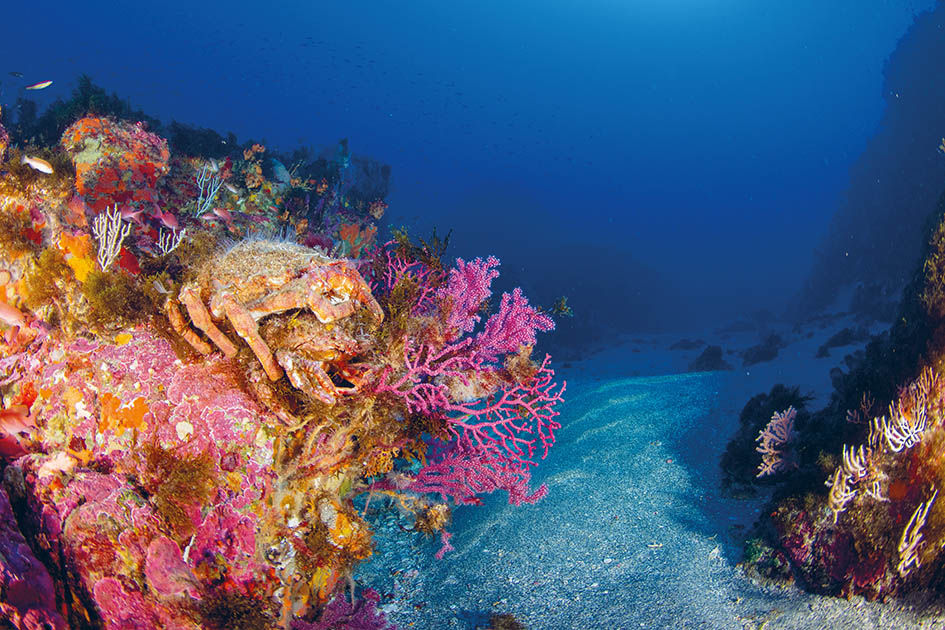Ceuta Conquers the Seas and Captivates the World
- Sports & Lifestyle
- Sep 12
- 2 min read
By Monique Sanmiguel
Photos: Courtesy Servicios Turísticos de Ceuta, Pepe Compaz & Jorge Verdún Ayud

Ceuta takes its name from the ancient Septem Fratres—the Seven Brothers. Barely 20 square kilometers and home to just 84,000 inhabitants, its spirit is unmistakably universal: a place where four cultures coexist in harmony, where the Mediterranean merges with the Atlantic, and where Phoenicians, Visigoths, Arabs, and Portuguese left their indelible mark across the centuries. Its black-and-white flag perfectly reflects what Ceuta is—a European city set on African soil.

Only minutes away from mainland Europe—by ferry across the Strait or a swift helicopter ride—this hidden gem appears. A city that astonishes with its natural coexistence: here, rituals, festivals, and traditions are shared with the same fluidity as the accents that intertwine. As Nicola Cecchi, Director of Tourism, puts it: “It’s perfectly normal here to pair couscous with Rioja, or to savor a Sephardic pastry alongside Moroccan mint tea. Ceuta is coexistence, respect, and cultural acceptance… and that is precisely what we should be exporting to the world.”

Ceuta’s gastronomy is equally inseparable from its sense of place. Take Oasis Restaurant, founded in 1971 by Ramón Pouso and Malika on the slopes of Mount Hacho. What began as a modest tea room has become a culinary sanctuary of Arab flavors with singular views over the Strait. Its menu, nearly fifty dishes strong, is a sensory journey—where tasting the charcoal-grilled pinchito moruno—succulent skewers of spiced lamb, beef, or kefta—is as essential as discovering the house specialties that make Oasis a full immersion.

Where Sports Tourism Meets the Sea and Defies Limits
Ceuta pulses with athletic intensity. Each year, it hosts competitions that draw thousands of participants, affirming its reputation as a destination for adventure. Among the most iconic is La Cuna de la Legión, a civilian–military race that gathers more than six thousand runners. Its start—marked by a cannon blast and the Legion’s anthem—creates a collective shiver that transforms the challenge into an emotional experience for both competitors and spectators. The 50-kilometer route crosses mountains, trails, and landscapes that blend physical endurance with raw scenic beauty.

Another milestone is the Desafío de los 300, organized by the Regulares. More than a test of resistance, it is a symbol of tradition and local pride, merging sport with homage. For its participants, it is less about physical limits than about connecting with the enduring spirit of a city that has always faced sieges and triumphed.

At sea, Ceuta is a natural sports park. Kayaking, paddleboarding, surf-ski, fishing, diving, or whale-watching excursions all belong to its menu of possibilities. “Where two seas converge, you can dive and meet an Atlantic moray or a Mediterranean croaker; sea turtles of different species, or even corals that look almost tropical at barely 30 meters deep,” explains Nicola Cecchi, President of Tourism Services.

Alberto Gallardo, Director of the Gallardo Foundation, distills it: “Here, everything has an element of adventure—choosing a boat by the wind, racing to the blast of a cannon, diving between two seas… that rush is part of Ceuta’s identity.”

There’s more to know. Suscribe Now!




Comments